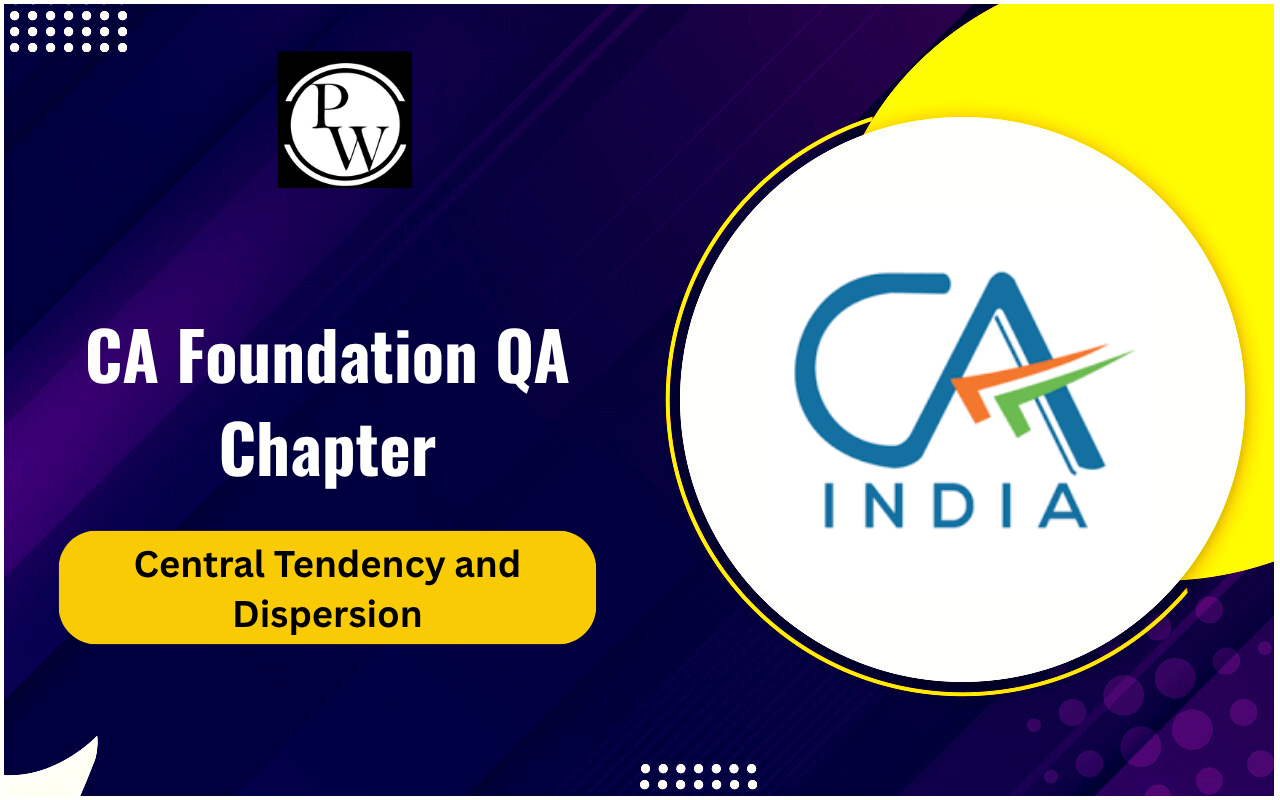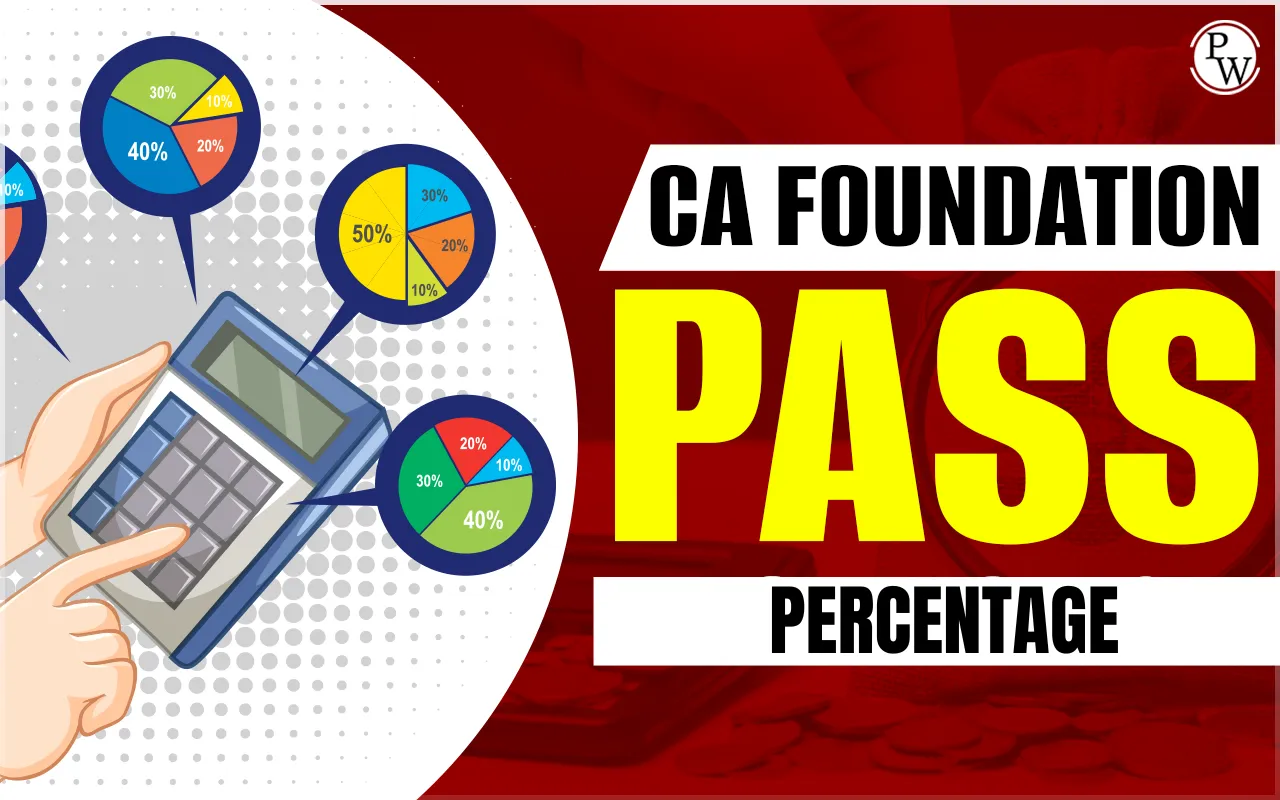
Value Chain Analysis is a crucial concept for understanding how businesses create value and gain a competitive edge. As a graduate student, mastering this analytical tool will not only enhance your academic knowledge but also prepare you for real-world business challenges.
In this article, we’ll delve deep into Value Chain Analysis for CA Exams , exploring its significance, components, and practical applications.What Is Value Chain Analysis?
Value Chain Analysis is a strategic tool used to analyze the internal activities of a business to understand where and how value is added. By dissecting these activities, businesses can identify areas of improvement, cost reduction, and competitive advantages. Value Chain Analysis matters because it helps businesses identify their strengths and weaknesses in their production processes. This analysis provides a detailed understanding of how each part of the process adds value to the final product, allowing businesses to optimize their operations for efficiency and effectiveness.Components of Value Chain Analysis
Value Chain Analysis is divided into primary and support activities.Primary Activities
- Inbound Logistics: This involves receiving, storing, and distributing raw materials used in production. Efficient inbound logistics are crucial for maintaining a steady supply of inputs.
- Operations: These are the processes of transforming inputs into finished products. Streamlining operations can significantly enhance productivity.
- Outbound Logistics: This includes the warehousing and distribution of finished goods. Effective outbound logistics ensure that products reach customers on time.
- Marketing and Sales: These activities are aimed at promoting and selling products. A strong marketing strategy can boost sales and market presence.
- Service: This involves after-sales services such as maintenance and customer support, which help in retaining customers and building loyalty.
Support Activities
- Firm Infrastructure: This includes organizational structure, management, and financial systems that support the primary activities.
- Human Resource Management: Efficient HR practices ensure that the organization attracts and retains skilled employees.
- Technology Development: Investing in technology can lead to innovations that improve production processes and product quality.
- Procurement: This involves acquiring the raw materials and other inputs needed for production. Effective procurement strategies can reduce costs and improve quality.
| Also Check: | |
| Management Accounting | Financial Accounting |
| Auditing and Assurance | Taxation |
| Financial Management | Business Laws and Ethics |
| Social Accounting | Environmental Accounting |
How to Perform a Value Chain Analysis?
Performing a Value Chain Analysis involves several steps:Identifying Value Activities
Start by identifying all the activities involved in producing your product or service. Break down the process into primary and support activities.Analyzing Cost and Value
Evaluate each activity to understand its contribution to the overall cost and value. Look for areas where costs can be reduced without compromising quality.Identifying Competitive Advantages
Determine which activities add the most value and give your business a competitive edge. Focus on enhancing these areas to strengthen your market position.Practical Applications of Value Chain Analysis
Value Chain Analysis can be applied in various ways to improve business performance:Cost Reduction
By identifying inefficiencies in the production process, businesses can reduce costs and improve profitability.Quality Improvement
Analyzing each step of the production process can help in identifying areas for quality improvement, leading to better products and customer satisfaction.Strategic Planning
Value Chain Analysis provides insights that can inform strategic decisions, helping businesses to focus on areas that offer the greatest potential for growth and competitive advantage. For students aspiring to crack the CA Exam, having a solid preparation strategy is essential. PW CA Coaching offers comprehensive coaching that covers all aspects of the CA curriculum. With experienced faculty, rigorous practice sessions, and personalized guidance, PW CA Coaching ensures you’re well-prepared to excel in the CA Exam.Value Chain Analysis FAQs
What is Value Chain Analysis?
Value Chain Analysis is a strategic tool used to analyze the internal activities of a business to understand how value is created and identify areas for improvement.
Why is Value Chain Analysis important?
It helps businesses identify their strengths and weaknesses, optimize operations, reduce costs, and gain a competitive edge.
What are the primary activities in Value Chain Analysis?
The primary activities include inbound logistics, operations, outbound logistics, marketing and sales, and service.
How can Value Chain Analysis be applied in business?
It can be used for cost reduction, quality improvement, and strategic planning to enhance business performance.
Talk to a counsellorHave doubts? Our support team will be happy to assist you!

Check out these Related Articles
Free Learning Resources
PW Books
Notes (Class 10-12)
PW Study Materials
Notes (Class 6-9)
Ncert Solutions
Govt Exams
Class 6th to 12th Online Courses
Govt Job Exams Courses
UPSC Coaching
Defence Exam Coaching
Gate Exam Coaching
Other Exams
Know about Physics Wallah
Physics Wallah is an Indian edtech platform that provides accessible & comprehensive learning experiences to students from Class 6th to postgraduate level. We also provide extensive NCERT solutions, sample paper, NEET, JEE Mains, BITSAT previous year papers & more such resources to students. Physics Wallah also caters to over 3.5 million registered students and over 78 lakh+ Youtube subscribers with 4.8 rating on its app.
We Stand Out because
We provide students with intensive courses with India’s qualified & experienced faculties & mentors. PW strives to make the learning experience comprehensive and accessible for students of all sections of society. We believe in empowering every single student who couldn't dream of a good career in engineering and medical field earlier.
Our Key Focus Areas
Physics Wallah's main focus is to make the learning experience as economical as possible for all students. With our affordable courses like Lakshya, Udaan and Arjuna and many others, we have been able to provide a platform for lakhs of aspirants. From providing Chemistry, Maths, Physics formula to giving e-books of eminent authors like RD Sharma, RS Aggarwal and Lakhmir Singh, PW focuses on every single student's need for preparation.
What Makes Us Different
Physics Wallah strives to develop a comprehensive pedagogical structure for students, where they get a state-of-the-art learning experience with study material and resources. Apart from catering students preparing for JEE Mains and NEET, PW also provides study material for each state board like Uttar Pradesh, Bihar, and others
Copyright © 2025 Physicswallah Limited All rights reserved.
Get App









